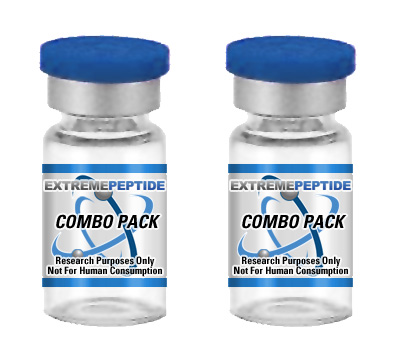(Click here to read our disclaimer)
 Ipamorelin is a chemical name that refers to CJC-1295. There are a number of cells that can be affected by this chemical which typically results in large secretions of hormones in animals when it is applied.
Ipamorelin is a chemical name that refers to CJC-1295. There are a number of cells that can be affected by this chemical which typically results in large secretions of hormones in animals when it is applied.
In studies, ipamorelin is commonly used in research environments, because it is more stable than comparable chemicals such as sermorelin. In some cases, this chemical has been used on animals to study potential uses as a melanotan injection.
This version of the chemical binds with the melanocortin receptors in an animal’s skin which could increase inflammation, energy, pigmentation of the skin, sexual function or appetite. Studies of the usefulness or application of these effects in a natural setting are ongoing.
Uses in Increasing Bone Mineral Content
Female rats were used in a recent experiment to showcase the vitality of hormones in normal bone remodeling.
- The study indicated that increasing a certain class of hormone secretagogues would in turn increase the concentrations of biochemical markers that were necessary for the formation of bone. The goal was to determine whether chemicals such as GHRP-6 or ipamorelin could potentially be used to improve bone mineral content in these rats.
- Female rats 13 weeks old were exposed to either chemical via osmotic minipumps for a total of 12 weeks. They were then monitored with dual X-ray absorptiometry every four weeks.
- After the study was completed, the rats were killed to examine the femurs via vitro mid-diaphyseal pQCT scans. The femurs and vertebrae L6 to determine the ash weights.
All applied chemicals were found to increase the body weight of rats and the vertebral and tibial BMC compared to those with vehicle-treated control settings. The pQCT measurements revealed that the cortical BMC increased in the cross-sectional bone area while the cortical volumetric BMD did not change.
Efficacy in Rodent Model Postoperative Ileus
Studies have attempted to investigate whether or not ipamorelin could accelerate the gastrointestinal transit or ameliorate symptoms in a rodent postoperative ileus.
- Male rats were fasted and then given an intestinal manipulation and laparotomy. After the surgery, dye markers were applied to the proximal colon to better evaluate postsurgical colonic transit time or the time it took to reach the first bowel movement.
- The food intake, body weight and pellet output were also regularly monitored throughout the course of the study.
- The rats were either exposed to GHRP-6, a saline vehicle or ipamorelin via intravenous bolus infusion either in one or two doses per day.
This study indicated that ipamorelin would decrease the time of the first bowel movement, but would have no effect on the body weight of the rat, cumulative fecal output or food intake.
However, repeated doses of ipamorelin had a significant impact on the cumulative body weight gain, pellet output and food intake in the rats, implying that applying ipamorelin in postsurgical settings could help to ameliorate symptoms in those with POI.
Versions of ipamorelin used for increasing the secretions of hormones, versus those used to increase the reaction of melanocrotin receptors, have a small variance in amino acid structures.
Sources:
http://www.ncbi.nlm.nih.gov/pubmed/10828840
http://www.ncbi.nlm.nih.gov/pubmed/19289567
Click here to view the homepage of our store
Click here to view our entire PDF research library
Click here to view or download this article in PDF format
